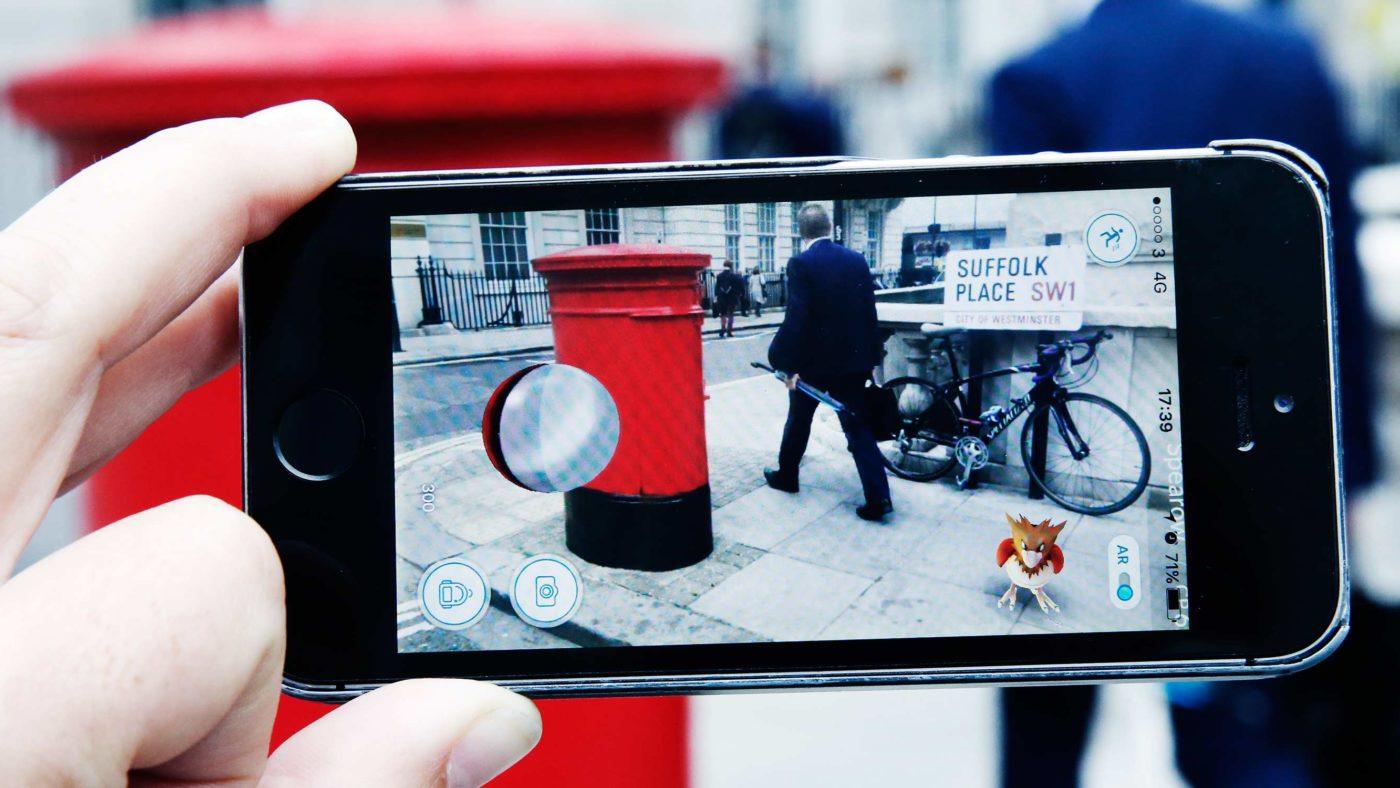“Got it” a friend declared across the bar on Saturday night.
He was not referring to acquiring me an Old Fashioned from the bar, sadly, but instead a small animated creature found in amongst the glasses and remnants of cocktails that he had “caught” on his phone. “That’s the biggest one yet,” he declared proudly.
Pokemon are well and truly back, and, as the saying goes, you gotta catch ‘em all.
For those who did not grow up in the nineties, Pokemon are a variety of creatures that grow, evolve, and can be trained to fight each other. Invented by Nintendo, the characters have spawned countless toys, television series, and video games over the years.
This new game, Pokemon Go, is available on both Apple’s iOS mobile platform, and Android phones, and has gripped millions of people around the world. It uses augmented reality technology to seemingly bring the creatures to life in your surroundings. Using the GPS mapping on your phone, Pokemon appear on screen as you walk around, and real life locations give you tools to help you progress in the game.
People who have long believed in augmented and virtual reality have grasped hold of the success of the game as proof we are all ready to live in a fully augmented reality world.
The take-up of Pokemon Go has undoubtedly been quite extraordinary, attracting people of all ages. Over the weekend it felt like I rarely passed a conversation in the street that was not about it. Whilst out on Sunday morning I cycled past a group of guys in their 20s celebrating a recent catch. A collection of five school-age children were huddled in the entrance to the nearby park, engaged in battle.
This is particularly amazing when you consider that Pokemon Go was launched with seemingly no marketing at all – it was all word of mouth that sent the game viral. As said, this prompted some to claim that a bunch of people in their mid to late twenties indulging in childhood nostalgia proves that augmented and virtual reality is going to be the next major tech boom.
It is true to say that Pokemon Go is the first time that augmented reality really seems to have taken hold of the mainstream, and that the augmented reality aspect of the game has really helped to drive its popularity. People clearly like seeing video game characters they know incorporated into their real life. Rumours of the presence of a rare Pokemon in Central Park sent New York into a frenzy a few days ago.
While I do not doubt that augmented reality will become increasingly prominent in some way or another, I do not think that success of Pokemon Go itself proves that the public is ready and waiting to be thrust into a brave new pixelated world. We do not want to exist in a world like the characters in the film WallE, where we are all permanently in a virtual environment.
Partly I think the huge take-up of Pokemon Go is due to the simple novelty factor of the augmented reality technology that had previously not been widely used. Critically, it is also because the technology actually fits in this context instead of feeling forced, as AR often has previously.
The technology is also highly accessible, using just a normal smartphone along with the GPS and camera functions that most people are already very comfortable with. In the past, virtual or augmented reality applications have all too often required new, expensive, hardware like Google Glass or the much discussed Occulus Rift headset, but this is not the case with Pokemon Go.
The visual nature of the game means it is perfect for social media, where images, particularly humorous ones, spread like wildfire. The game allows you take snaps of the Pokemon as you find them and, let’s be honest, a picture of your mate with a Pidgey on their head is always going to be funny.
The huge take up of the game has sent shares in Pokemon’s inventor Nintendo surging by as much by 70.74% last week, valuing that company at £19bn with a share worth around £200. Whatever else, it is an extraordinary jump in a single week, on the back of a single product.
The popularity of Pokemon Go proves not that augmented reality will automatically be a success in the future. It shows that this extraordinary technology can be popular and widely used if applied to the right contexts. It demonstrates that vendors have to make sure that augmented reality is easy to purchase and use if it is going to be commercially viable. .
Anyway… I’m off to find a Pickachu.


